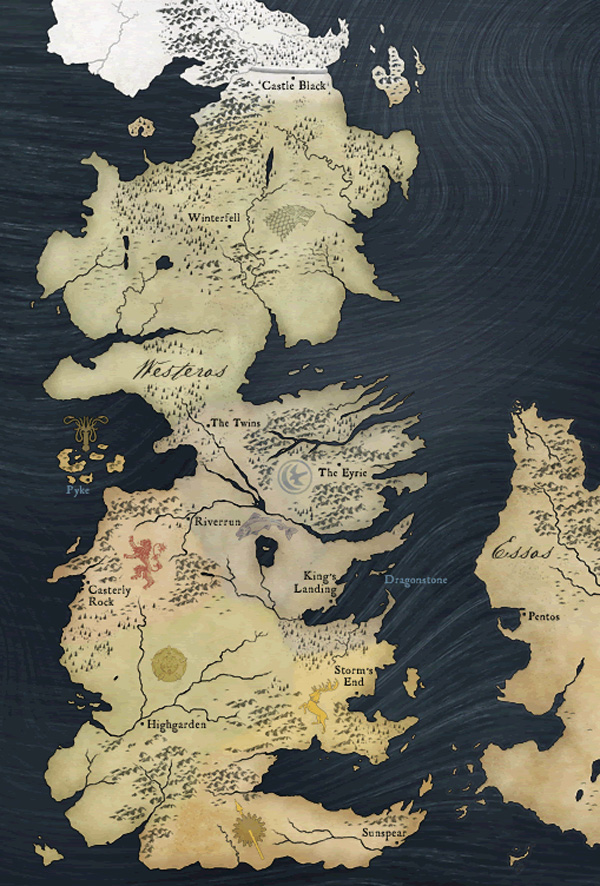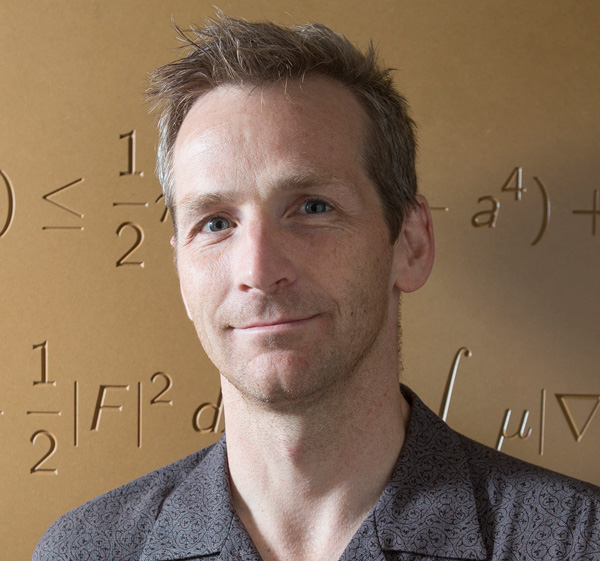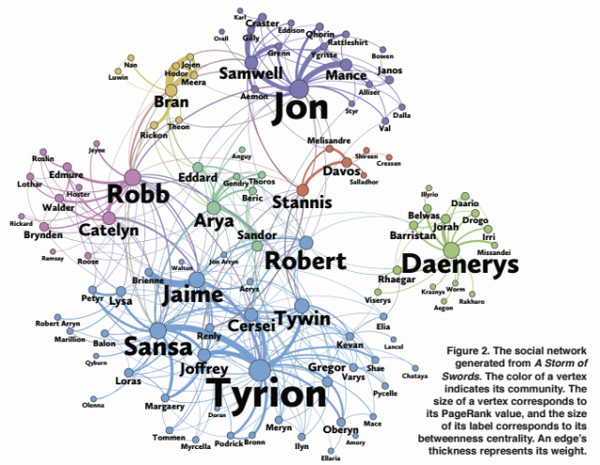Who's the most important character in Game of Thrones? Maths has the answer!

Winter is coming and the half man from Game of Thrones has full support from the science community. If you're not sure what that reference means, you're clearly not acquainted with the world of Westeros and HBO's wildly popular show Game of Thrones. But if you're a loyal follower, here's the latest - Tyrion Lannister aka 'half man' is the one true character of the George Martin TV saga.
Maths says so.

Westeros
An associate professor at Macalester College, Andrew J Beveridge and Jie Shan - an undergraduate there - have used "network science" to assess almost all the characters of the show and arrived at the conclusion that Tyrion is the most important guy. Jon Snow is second and Sansa Stark comes third. The research has been published in the Mathematical Association of America's publication, Math Horizons. It's been labeled, rather predictably, Network of Thrones!
Network science is essentially a form of applied graph theory that studies the flow and trend of information from one defined element to another in a specific graph.
Also read - Batman v Superman: Dawn of Drama and Incoherence

Andrew J Beveridge - the genius behind the idea
In this case what the researchers did was turn the Game of Thrones books - particularly the third book in the series, A Storm of Swords, into a kind of data-based social network landscape. Business Insider quotes the researchers explaining why they chose the third book as a primary source: "the main narrative has matured, with the characters scattered geographically and enmeshed in their own social circles."
Next, the research duo started keeping a tab for every instance when two characters' names (even nicknames) appeared within 15 words of one another. The two characters didn't necessarily have to be friends - the aim was to merely study the connections not equations between them. The connections between characters were illustrated by lines called "edges."
The greater the frequency of such names appearing alongside each other, the fatter the "edge" becomes on the network graph.
The resulting network graph further broke the characters into communities showing geographical, familial, and even adversarial ties between them. Next the characters were ranked on the basis of different parameters such as degree centrality, PageRank, Eigenvector centrality, closeness centrality, and, what the researchers have said is "the most subtle" - betweenness centrality.

The network
To the lay reader - that's basically most of us - the easiest parameter to understand is PageRank. Under this methodology, the characters are made part of a "feedback loop" which gives them points based on how important the other characters they're associated with are within the network.
If you share a general repulsion of academic jargon and/or maths, and don't wish to read the whole paper, here's the core of the paper summarised towards the end:
"In our network, three characters stand out consistently: Tyrion, Jon, and Sansa. Acting as the Hand of the King, Tyrion is thrust into the center of the political machinations of the capitol city. Our analysis suggests that he is the true protagonist of the book.
Meanwhile, Jon Snow is uniquely positioned in the network, with connections to highborn lords, the Night's Watch militia, and the savage wildlings beyond the Wall. The real surprise may be the prominence of Sansa Stark, a de facto captive in King's Landing. However, other players are aware of her value as a Stark heir and they repeatedly use her as a pawn in their plays for power. If she can develop her cunning, then she can capitalize on her network importance to dramatic effect."
"This is a fanciful application of network science," Beveridge told Quartz. "But it's the kind of accessible application that shows what mathematics is all about, which is finding and explaining patterns."
The US Department of Defense has been using a similar Network Science method for close to two decades now, even opening a Network Science Center in collaboration with the US Army in 2004. So it isn't as much of a far out scientific process as it may seem. We can only hope more mathematicians step up and explain even more popular culture patterns in the future.
More in Catch - New twist to old Bollywood songs, courtesy an ardent Pakistani fan
Kickass women: Feminism and 'the strong female character' in fantasy & YA







![BJP's Kapil Mishra recreates Shankar Mahadevan’s ‘Breathless’ song to highlight Delhi pollution [WATCH] BJP's Kapil Mishra recreates Shankar Mahadevan’s ‘Breathless’ song to highlight Delhi pollution [WATCH]](https://images.catchnews.com/upload/2022/11/03/kapil-mishra_240884_300x172.png)

![Anupam Kher shares pictures of his toned body on 67th birthday [MUST SEE] Anupam Kher shares pictures of his toned body on 67th birthday [MUST SEE]](https://images.catchnews.com/upload/2022/03/07/Anupam_kher_231145_300x172.jpg)






